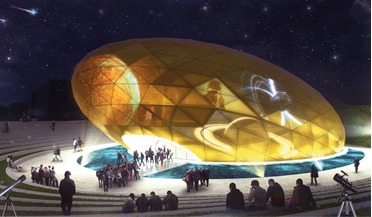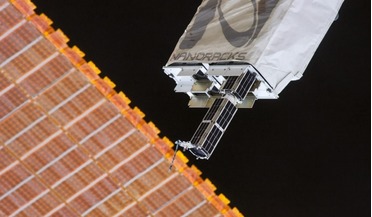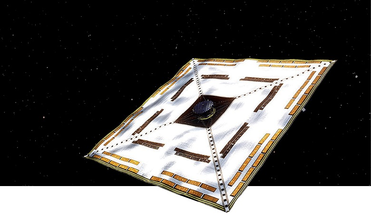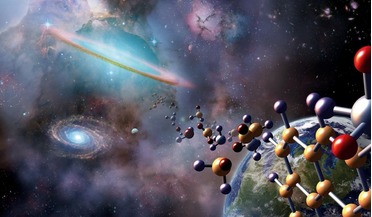 August 2019
Reinventing the space museum
August 2019
Reinventing the space museum
... start to see more familiar, captivating images from Hubble Space Telescope, along with aerial shots of Mars, Saturn and Pluto. More interactive artefacts may include life-sized replicas of SpaceX or Virgin Galactic’s prototypes for...
 October 2019
Are we prepared for SETI discovery?
October 2019
Are we prepared for SETI discovery?
... Version 1.1. The Dragonfly mission, due to launch in 2026 and arrive in 2034, will fly to dozens of promising locations on Saturn’s icy moon, Titan, looking for prebiotic chemical processes common on both Titan and Earth, advancing our...
 January 2020
Commercialising space exploration and development
January 2020
Commercialising space exploration and development
... of NASA’s Marshall Space Center, envisaged America’s first space station as the re-purposed upper stage (third stage) of a Saturn V rocket. NASA’s Johnson Space Center ruled that an upper stage could not be re-purposed once in space, so it was...
 April 2020
Plasma Clipper - opening the age of sail, in space travel
April 2020
Plasma Clipper - opening the age of sail, in space travel
... to a mass ratio of 41,000. It sounds a lot, but what does that actually mean? In real world examples, the Saturn V – the rocket developed to support the Apollo programme – launched a payload that was 1/2000 of what it weighed sitting...
 May 2020
Space astronomy at the limits of technology
May 2020
Space astronomy at the limits of technology
... chief engineer. It’s like the three legs of a stool. An intriguing artist’s concept showing a nearly invisible ring around Saturn - the largest of the giant planet’s many rings which was discovered by Spitzer. Which part of the process...
 July 2020
Life in the universe – common or not?
July 2020
Life in the universe – common or not?
...-generation telescopes or satellites capable of detecting the signatures of life, not only on Mars or the moons of Jupiter and Saturn, but in exoplanets beyond the solar neighbourhood. However, given that the prospect of finding life anywhere close...